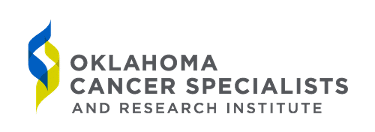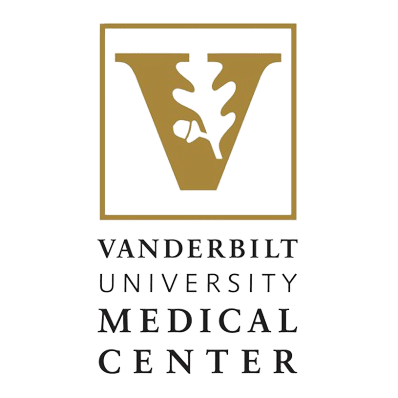Summary
Founded in 1986, Texas Oncology is one of the country’s largest community-based cancer care practices. The organization’s mission is to provide high-quality cancer care with leading-edge technology and advanced treatment and therapy options in communities across Texas and southeastern Oklahoma. More than 500 physicians deliver care at 210 locations across those two states, and Texas Oncology has played a role in developing more than 100 FDA-approved cancer-fighting drugs. Texas Oncology’s current large footprint is the result of two decades’ worth of growth, from a strategy based on establishing locations near all patients, so that none would have to drive far to receive cancer care.
Profile
1,722 chairs
107 centers
Centricity / iKnowMed EHRs
Private Practice
Southwestern US









